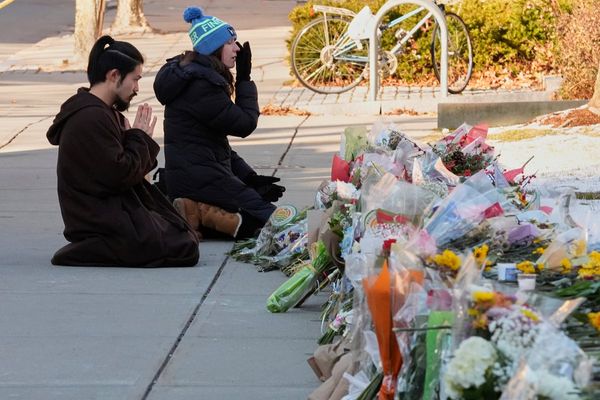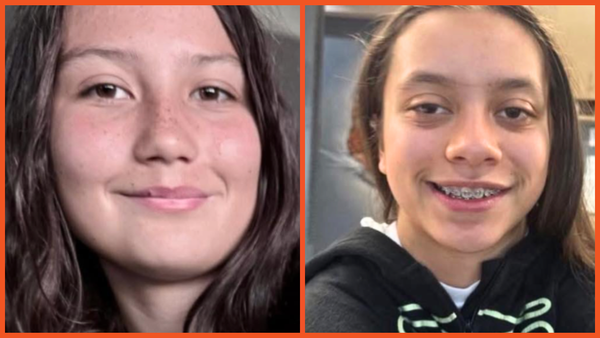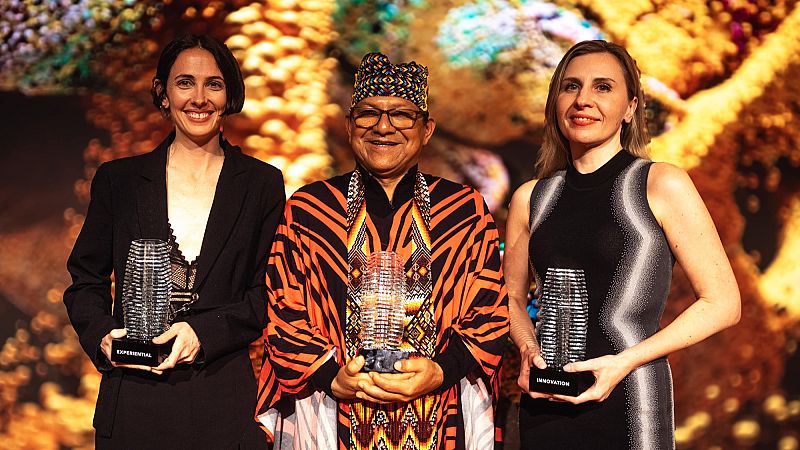
The boundary-blurring world of digital art took centre stage in London last night, as the first-ever Digital Art Awards crowned its winners at a ceremony hosted by Phillips.
The event, which coincided with the opening of a week-long exhibition, celebrated some of the most innovative minds working at the intersection of technology, code, and creative expression.
Four unique artists - Maja Petrić, Zach Lieberman, Deekay, and Operator - were each awarded a $10,000 USDC (a type of cryptocurrency stablecoin) commission across four categories, from Moving Image to Experimental.
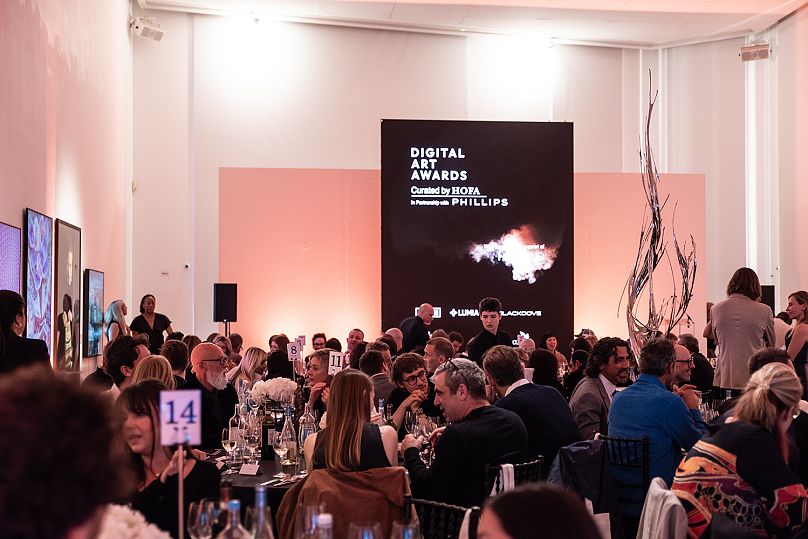
A fifth award honoured the Yawanawá Indigenous community of Brazil for their groundbreaking collaboration with AI artist Refik Anadol on Winds of Yawanawá, a digital artwork fusing real-time environmental data with ancestral knowledge.
Backed by HOFA Gallery in partnership with PhillipsX and Hivemind Capital Partners, the awards reflect the growing output of digital art - from luminous data sculptures to theatre-driven code experiments.
A closer look at the winning artists
Croatian artist Maja Petrić, known for her large-scale light installations that incorporate AI and real-time environmental data, received the Innovation Award for her mesmerising work Specimens of Time: Hoh Rain Forest (2025).
The piece, consisting of a collection of immersive light sculptures, interactive installations, and video works, was praised as a haunting, high-tech homage to one of the world’s last remaining temperate rainforests.
Central to the series are climate-responsive sculptures that glow and shift with live data on sea temperatures, pollution, and heat stress, serving as living and breathing memorials to vanishing ecosystems.
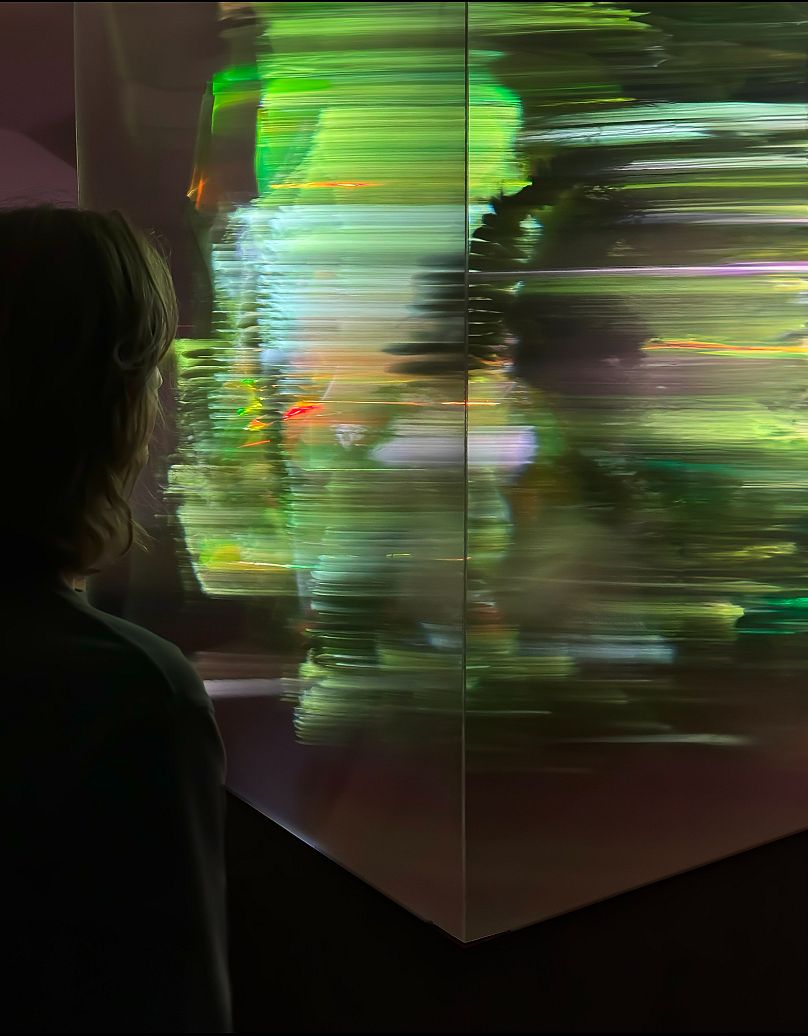
Winner of the Moving Image category was Deekay, who's signature style - vibrant, looping, hand-drawn animations with big emotional heart - has made him a cult favourite in the NFT space. His breakout work, Life and Death, made waves in 2022 when it sold for more than $1 million on SuperRare.
But it was his thought-provoking animation Hands of Time, that won him a prize at the inaugural Digital Art Awards.
Minimal in design but rich in feeling, the 2D video game-style loop poignantly charts the progression of a human life: from birth and childhood through friendship, love, career success, ageing, and finally death.
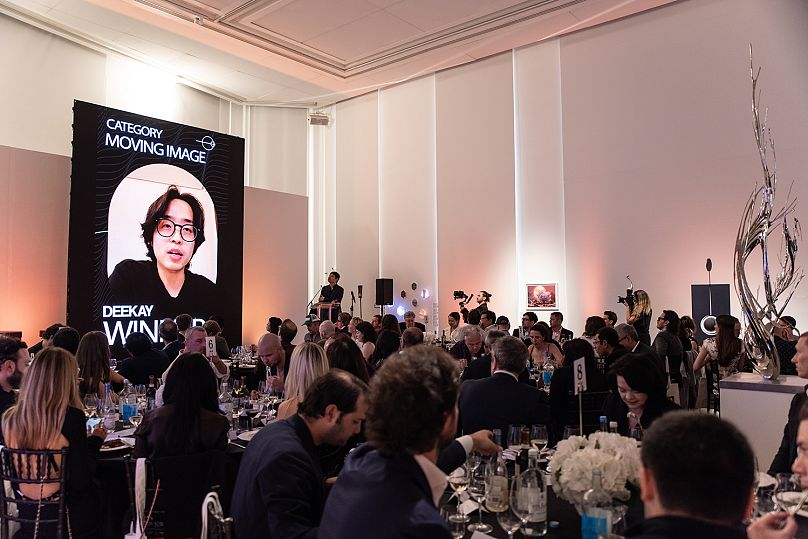
Artist duo Operator (consisting of Ania Catherine and Dejha Ti) took home the Experimental Award for their project Human Unreadable - a live, generative installation merging surveillance tech, choreography and code.
The work asks urgent questions about who gets to move freely, who gets monitored, and how digital spaces mirror physical ones in ways we’re only beginning to understand.
Operator’s investigation into privacy began with their 2019 performance installation On View, commissioned by the SCAD Museum of Art. The project invited visitors to move through three different rooms, each using hidden technology like facial recognition and sensors to react to them in real time.
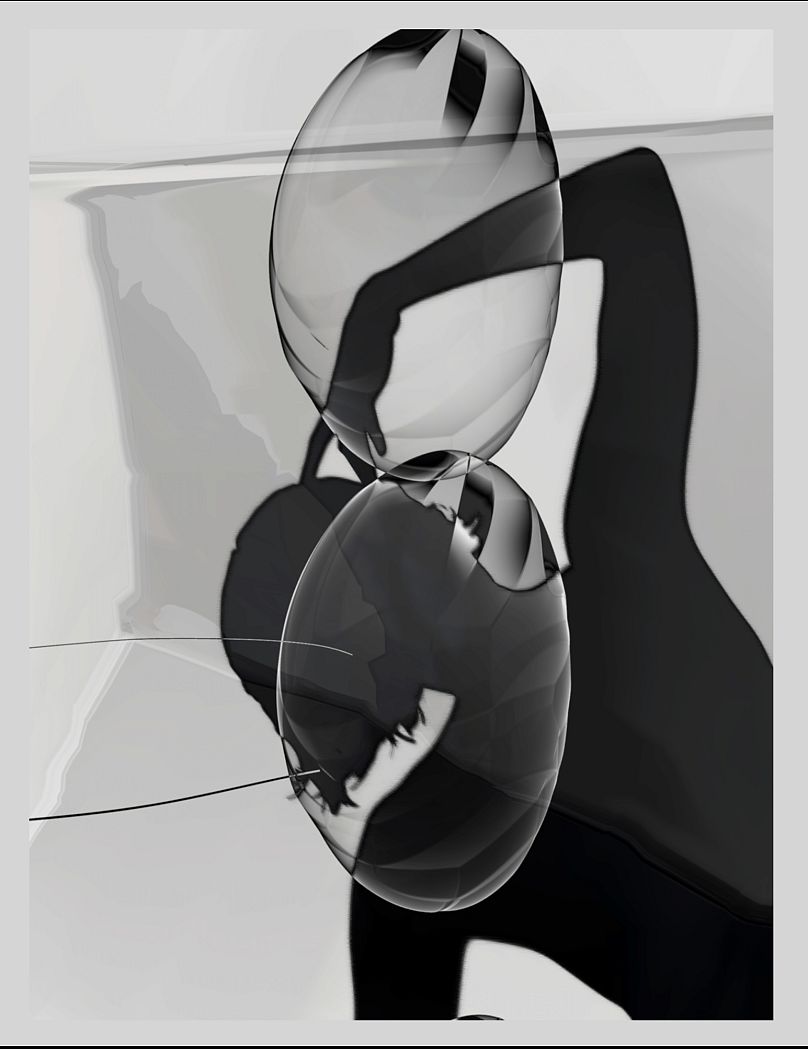
American new media artist Zach Lieberman, a leading figure in the creative coding community, was honoured with the Still Image Award for his Ripple Study series.
Using custom-built code, Lieberman transforms subtle movements in nature into poetic digital artworks, inviting viewers to quietly contemplate what they see.
In his own words Lieberman says: "In this work, I am trying capture the feeling of light on water. I think there's something really profound about how impossible it is to recreate natural phenomenon with code."
He adds: "It's impossible to make something as beautiful as what you might see out in the world, but it's possible to try to express the feelings you have observing something beautiful. I try to bring those feelings into my work and images."
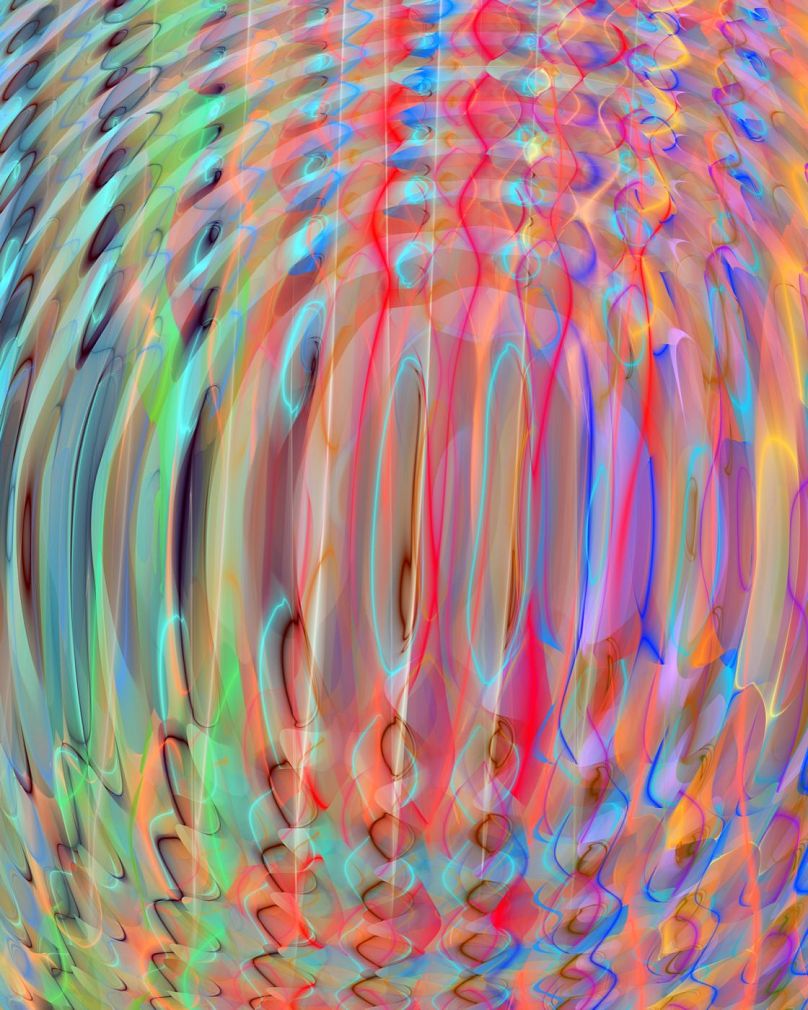
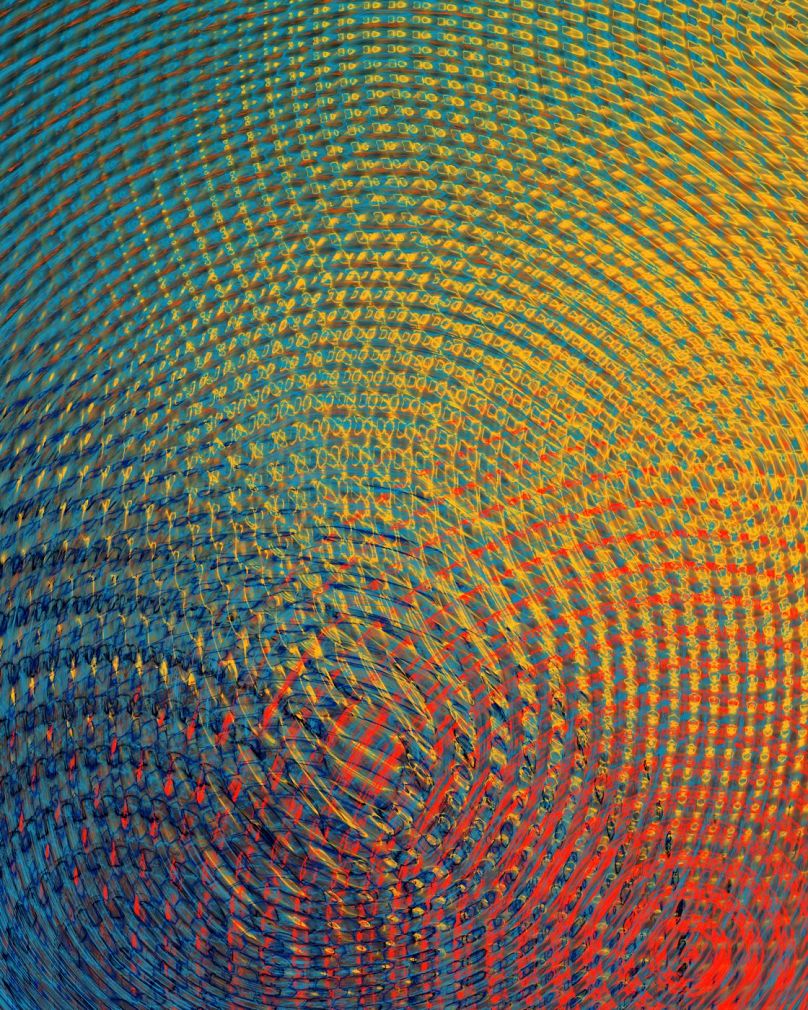
Finally, the Yawanawá Indigenous community of the Brazilian Amazon received the Industry Award for their collaboration with media artist Refik Anadol on Winds of Yawanawá .
The artwork incorporates AI and climate data to create dynamic, ever-changing visuals, inspired heavily by the community's ancestral traditions and spiritual beliefs.
Works by the 32 artists finalists of the Digital Art Awards are now on view at PHILLIPS London until 22 May 2025.
